The European Commission has published today a delegated regulation supplementing the European Electronic Communications Code (directive 2018/1972). The regulation contains more specific rules related to routing to the most appropriate PSAP, accessibility for people with disabilities, emergency caller location, and transition to IP:
- Caller Location Information: the new rules detail how “competent regulatory authorities” should determine criteria on how emergency communications should be located. Such criteria would be expressed as XX% of communications located within XX meters with a distinction for handset-derived (AML) and network-based (Cell-ID) location. According to recital (7), “The mix of these technologies ensures that even where a handset-derived caller location solution fails to make the caller location information available to the most appropriate PSAP, emergency services can rely on network-based location to usefully come to the end-user’s assistance, in line with the caller location accuracy and reliability criteria established by Member States.” To facilitate the Member States’ work in determining these criteria, the legislation foresees cooperation between Member States through the Body of European Regulators for Electronic Communications (BEREC) and other relevant fora. The first caller location criteria will have to be adopted by Member States within one year after the entry into force of the legislation.
- Accessibility for people with disabilities: the legislation specifies “functional equivalence requirements” that need to be met for means of access to emergency services for people with disabilities. The criteria are: two-way interactive communication; availability in a seamless way, without pre-registration to people travelling to other Member States; communication should be free of charge for the end-users; routing of the communication “without delay” to the most appropriate PSAP and appropriate handling of the communication by the PSAP; equivalent caller location accuracy and reliability compared to means of access for other end-users, and awareness campaigns to promote the existence of these means of access.
- ‘Contextual information’: The legislation introduces this new term which is highlighted as “contribut[ing] to the description of the emergency incident, for example, the physical environment, the condition and abilities of the persons involved, the localisation of the incident, etc.” (recital 5). This information (which includes accurate caller location information) must be transmitted to PSAPs and eventually to the relevant emergency services.
- Next Generation 112: In order to foster the adoption of IP-based emergency communications, the European Commission requires Member States to produce within nine months a roadmap detailing the country’s plan for PSAPs to be able to “receive, answer and process emergency communications through packet-switched technology” (article 7).
EENA’s view on the delegated regulation
EENA welcomes the text adopted by the European Commission, which contains important clarifications on accessibility for people with disabilities and paves the way for the deployment of Next Generation 112.
On emergency caller location, EENA welcomes the ambition to have criteria defined and the inclusion of a cooperation mechanism, following submissions from emergency services, mobile network operators, OS developers and EENA itself calling for more coordination at the EU level when defining caller location criteria.
On IP-based emergency communications and Next Generation 112, we would like to recall that EENA offers an NG112 Education Programme and is ready to support efforts to lay down national plans. For more information on this programme, please contact [email protected].
Next steps
The delegated regulation was adopted by the European Commission on 16 December. The European Parliament (representing the EU citizens) and the Council of the European Union (representing the Member States Governments) now have a period of generally two months to formulate any objection. If no objections are raised, the act is adopted and enters into force three days after its publication in the Official Journal of the European Union.
